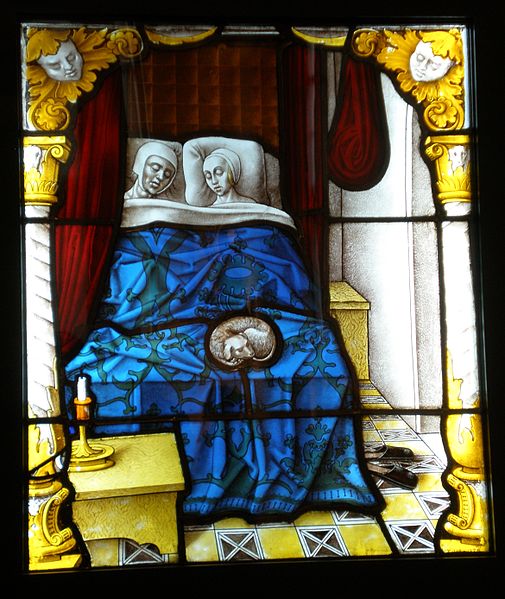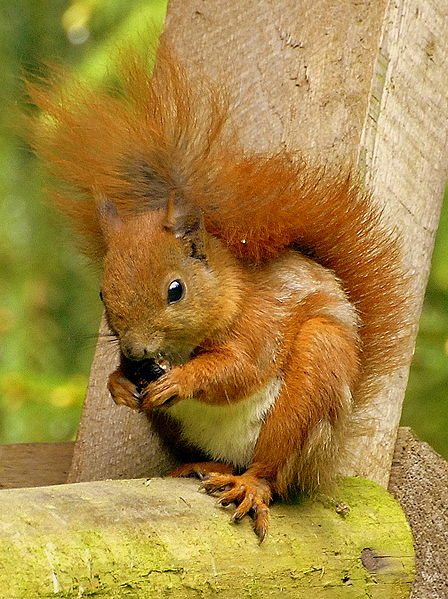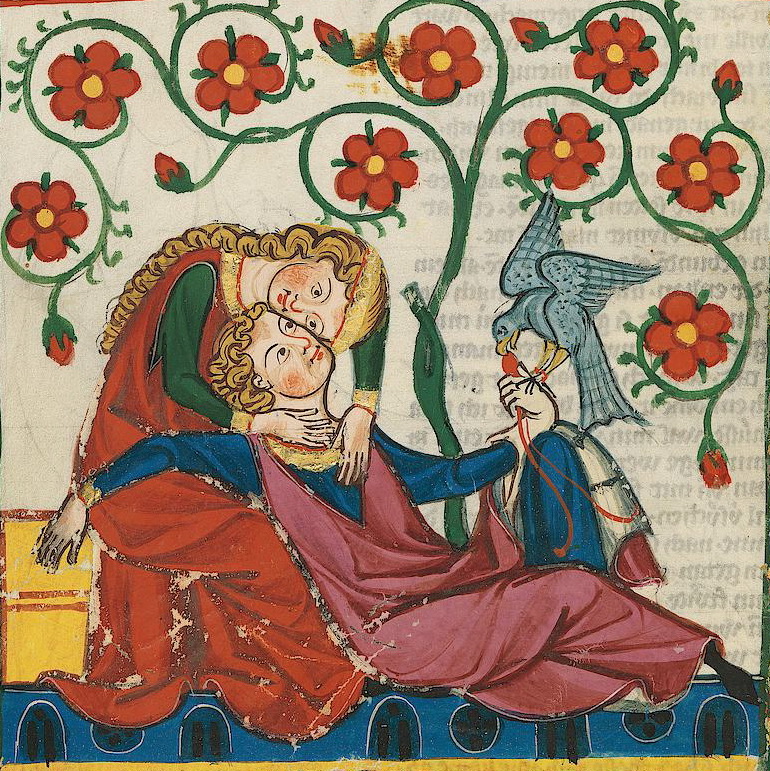http://historicalhussies.blogspot.com/2010/06/medieval-people-and-their-pets.html
WEDNESDAY, JUNE 9, 2010
 Today I welcome my friend, historical and contemporary romance author, Lindsay Townsend. Lindsay writes in a variety of eras, from ancient Crete and Egypt, to Roman and medieval Britain and up to the present.
Today I welcome my friend, historical and contemporary romance author, Lindsay Townsend. Lindsay writes in a variety of eras, from ancient Crete and Egypt, to Roman and medieval Britain and up to the present.Lindsay found me on the loops when we both had author days on the same day. That was when my first book came out, and I had no idea what I was doing. Lindsay has been very nice to newbie me, and I'm delighted to host her here.
And now for Lindsay's wonderful post.
In the Middle Ages women and men often doted on their pets. In York Minster, there is a portrait of the lap dog of Lady Margaret Roos, rendered in stained glass. The dog looks happy and sleek, with a belled collar. In the picture here of Tobias and Sara, a window of about 1520 from Cologne, the couple's pet dog is a sleepy symbol of wedded tranquillity.
In other drawings of medieval pets, the British Library has a manuscript showing a woman with a pet squirrel while the Luttrell Psalter shows a collared pet squirrel as a sign of status.
Birds were also popular. Jays and magpies - called 'pies' - were kept in cages and taught to copy speech. Larks and nightingales were kept for their sweet songs.
 Cats in the Middle Ages were kept mainly as mousers, and also, more grimly, for their fur and skins. Yet cats were also treasured. Exeter Cathedral lists in its accounts from 1305 to 1467 the sum of a penny a week to feed the cathedral cats if the animals did not catch many mice in the main church.
Cats in the Middle Ages were kept mainly as mousers, and also, more grimly, for their fur and skins. Yet cats were also treasured. Exeter Cathedral lists in its accounts from 1305 to 1467 the sum of a penny a week to feed the cathedral cats if the animals did not catch many mice in the main church.Dogs remained a favourite - so much so that nunneries tried and failed to ban the keeping of dogs as pets in various convents. Nuns were warned not to bring their pets into church and the pets included dogs, hunting dogs, rabbits, squirrels, birds and even monkeys.
Hunting dogs and hawks were not officially pets, being used to hunt and bring extra food for the table and to provide sport and entertainment to their lords and ladies. However, hawks were also massive status symbols, given as kingly gifts and well-known as signs of wealth and power. As such they were pampered and displayed - so much so that perches were even brought indoors to their owners could have their falcons with them. In 1368 the Abbot of Westminster, Nicholas de Litlington, bought a wax image of a falcon to offer at the altar to help a sick falcon recover. Lay men and women often brought their pets into church - the men with hawks on their wrists and women with lap-dogs.
 Breeds of pets changed over time and some are unknown to us now. Medieval man in particular had a passion for hunting and bred horses and dogs for that activity. There were horses bred for stamina and long chases through woodland after quarry, sturdy beasts called coursers (chasers) And as a hunting dog, the big, deep-chested, long-legged alaunt was much prized.
Breeds of pets changed over time and some are unknown to us now. Medieval man in particular had a passion for hunting and bred horses and dogs for that activity. There were horses bred for stamina and long chases through woodland after quarry, sturdy beasts called coursers (chasers) And as a hunting dog, the big, deep-chested, long-legged alaunt was much prized.The alaunt makes an appearance in my third knight book, A Knight's Enchantment, out on June 1. You can read an excerpt here.
Thank you, Historical Hussies, for having me as a guest!
Best wishes, Lindsay
www.lindsaytownsend.net
No comments:
Post a Comment